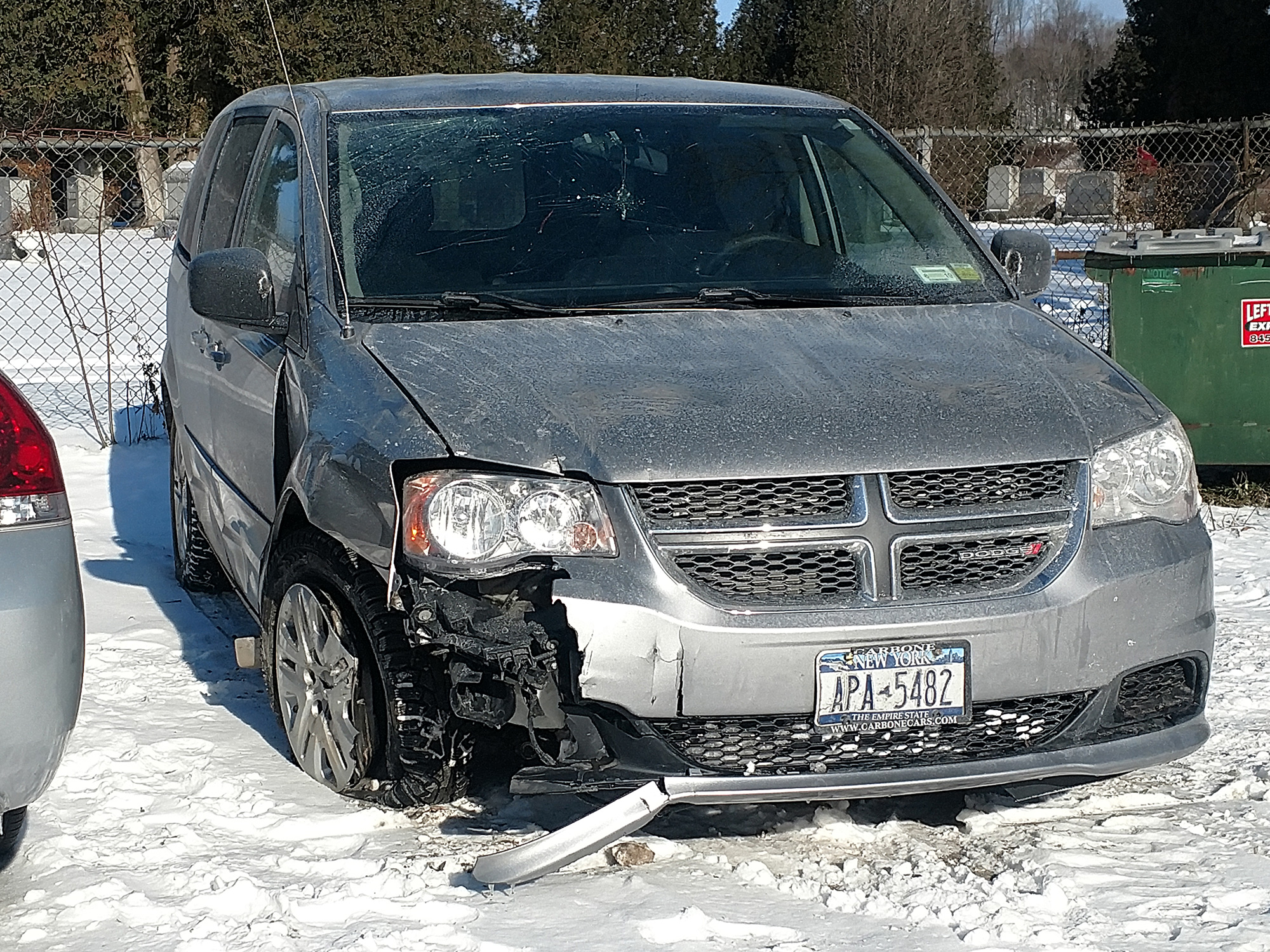What Is the Most Dangerous Weather to Drive In?
Considering that wet pavement accounts for the majority of weather-related road accidents, it should come as no surprise that rain is the most dangerous weather to drive in. When rain starts to fall, the roads can quickly turn slick. Not to mention that rain is a visual impairment to drivers as well.
5 Most Dangerous Weather Conditions for Driving

Don’t forget the rules for driving in any kind of bad weather – leave plenty of space between you and the car in front of you, slow down, and allow plenty of time for your trip. Here are five weather conditions that are the worst to drive in:
1. Rain
When rain starts to fall on the road, it can make driving conditions slick fast. This can be especially true in the winter when rain falls over ice and can cause accidents via black ice. In addition to the road conditions, driving in the rain can be a visual impairment. The harder rain comes down, the harder it is to wipe away with windshield wipers. Hurricanes and thunderstorms are also included here, and are usually accompanied by harsh winds that can blow a car off course.
2. Snow
Much like rain, snow can cause issues related to road slickness and visual impairment. Snow, however, has the added danger of impacting traction on the road. If the snow on the road is deep enough, drivers might find that their car is unable to move, as the tires cannot get any traction. This is why in states where snowstorms are common, car owners place chains on their tires or install winter tires to combat this.
3. Fog
Fog can make it very difficult for drivers to see and has been known to cause multi-car pile-ups. Every year, fog causes more than 38,700 car crashes, according to the FHWA. To stay safe while driving in fog, you should use low beam headlights, not high beams, use the lines on the road to help you stay in your lane, and avoid passing other motorists. If the fog reduces visibility enough that you feel driving is unsafe, pull completely off the road on the right-hand side and wait for it to subside.
4. High temperatures
People usually think of winter conditions when they think of adverse weather and driving, but the heat can affect your driving too. For instance, heat can significantly affect your car’s battery. Keep this in mind and test your battery routinely, especially during the summer months. You should also make sure your car’s coolant level isn’t too low to prevent your engine from overheating and your A/C is in good working condition. We also recommend that you make sure your windshield is clean before setting off in the sun. The sun’s glare can reflect off a dirty windshield, making it very difficult for the driver to see.
Bring enough water for everyone in the car. If for some reason the car breaks down or you have to make an unscheduled stop, the water will be important to keep everyone hydrated. And never leave a child or animal unattended in the car. This rule applies no matter the temperature, but it is especially important in high temperatures when the interior of the car can quickly reach 130 degrees or more.
5. Tornadoes
You may get caught on the road during a storm that is capable of producing a tornado. If at all possible, get off the road and into a nearby building for shelter. If you have no other option and the tornado is imminent, the National Oceanic and Atmospheric Association recommends keeping your seatbelt on and ducking your head below window level, covering it with either your hands or a blanket. If there is an area nearby such as a ditch that is significantly lower than the road, exit the vehicle and lie facedown in that area, covering your head with your hands or a blanket.
If you see the tornado in the distance but are unable to find shelter, you may be able to avoid it by driving at a right angle to the tornado. Never stop in a tunnel or under an overpass or seek shelter in a mobile home. If you are at home and a tornado watch or warning is issued, do not get on the road.
Protect Yourself on the Road with Life360
People have to drive, even in bad weather. If you find yourself or a family member in the need to drive during a storm, Life360 works to protect drivers by sharing your location, detecting car crashes, and calling emergency dispatch should it be needed. Life360 offers free and paid plans. Stay connected and register for Life360 online today.

